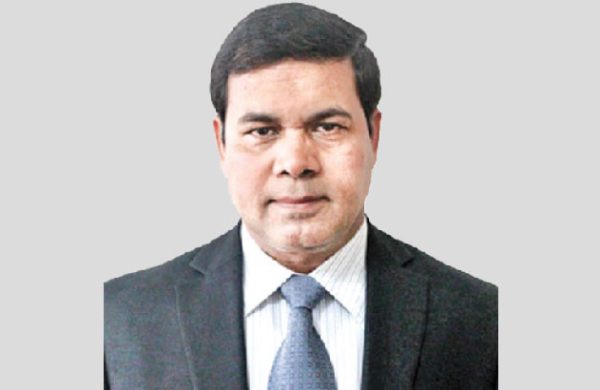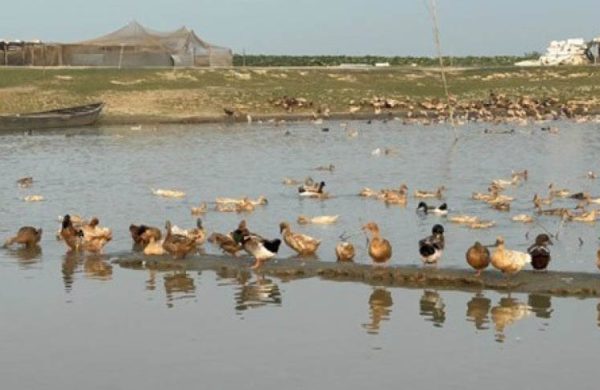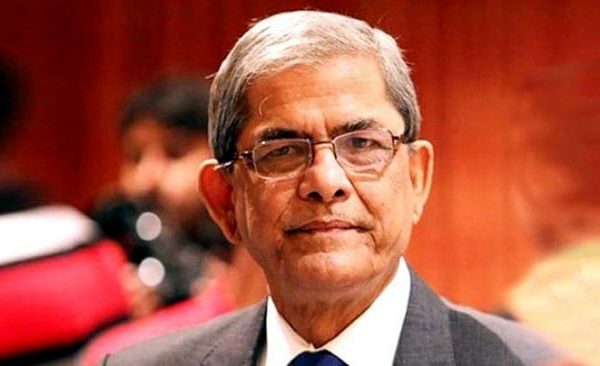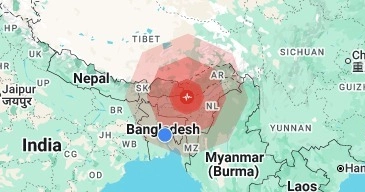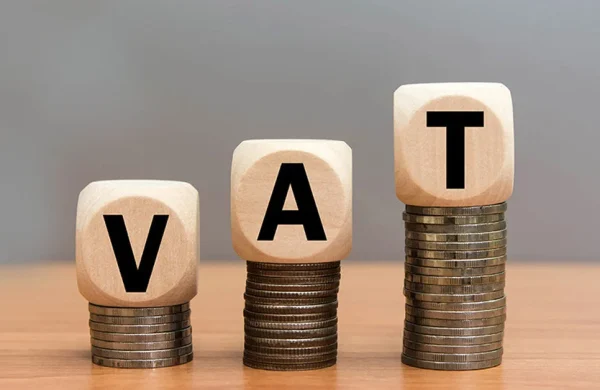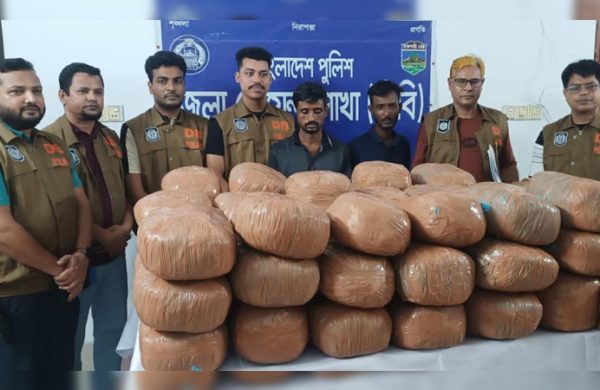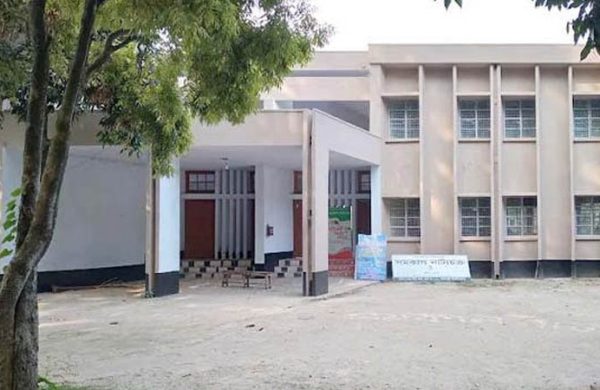Navigating RMG Sector in New Trade Landscape
- Update Time : Friday, April 11, 2025

—Dr. Mohammad Kamrul Hasan—
The introduction of elevated tariffs on Bangladesh’s ready-made garment (RMG) exports by the Trump Administration (which now halted for three months) marked a significant turning point for the country’s apparel industry. This policy shift created substantial challenges for manufacturers and policymakers in Bangladesh, who now face considerable restrictions in accessing the United States market. As a result, there is an urgent need for these stakeholders to explore alternative strategies to sustain and grow the sector.
The increased tariffs were designed with the intention of protecting domestic industries within the United States and rectifying existing trade imbalances. However, the unintended consequence of these measures was the imposition of severe pressure on Bangladesh’s RMG exports. This sector is not only crucial for the country’s economic stability but also plays an essential role in contributing to the national GDP. The ramifications of these tariffs have prompted a re-evaluation of trade practices and a search for new markets and opportunities to mitigate the impact on this vital industry.
Before focusing on the issue in details let us look at the overview of the export landscape. In 2024, Bangladesh’s RMG exports achieved a total of $38.48 billion. The European Union (EU) remained the largest market, accounting for 50.34% of total exports, valued at $19.37 billion. The United States followed with $7.2 billion (18.72%), and the United Kingdom contributed $4.3 billion (11.25%).
The statistics indicated that the high tariff imposed by the USA government is of course a shock for Bangladeshi RMG sector. However, we need to maintain a stable growth pattern in RMG to sustain our economic stability. Given this fact, we must devise effective and sustainable strategies for the RMG sector.
One of the crucial moves could be expansion of Non-Traditional Markets. It is a promising news that in the last few years Bangladesh has been trying to reorient its export strategy to reduce dependence on traditional markets. And the statistical evidence highlights remarkable growth in several non-traditional markets. Exports to Japan increased substantially, with a quarter-on-quarter jump from approximately $320 million to $447 million—a 39.44% surge. This growth is indicative of heightened consumer demand for competitively priced, quality apparel in a market known for its discerning standards. Besides, the RMG exports experienced an even steeper climb in Australia, with a 54.11% increase reaching around $345 million. This impressive performance reflects Australia’s burgeoning appetite for diverse fashion trends and the sector’s ability to quickly adapt to new market demands. Additionally, an expansion of 37.01% in exports, amounting to roughly $180 million, underscores South Korea’s emerging role as a reliable destination. Local market dynamics, including rising incomes and a shift towards premium product segments, have bolstered demand. Alongside, UAE exports increased by 44.18%, reaching approximately $91 million, reflecting the market’s strategic importance in the Middle East—a hub connecting South Asia with African and European consumers. The Brazilian market, though smaller in volume, saw a noteworthy 53.79% increase, with exports valued at nearly $37 million. Here, niche market segments and rising middle-class consumption patterns offer significant opportunities for future expansion. These figures represent not just isolated successes, but a coherent strategy that has markedly shifted market share. Although these markets individually have varying volumes compared to traditional ones like the US and EU, their combined performance is progressively compensating for tariff-induced losses.
In addition to market expansion, Bangladesh also needs to emphasise on embracing advanced technologies such as automation, AI-driven supply chain analytics and sustainable manufacturing processes. This can reduce production costs and enhance product quality—a key differentiator in competitive foreign markets. Alongside, collaborating closely with governmental agencies to negotiate bilateral trade agreements, while leveraging the country’s competitive advantages (such as low labour costs and scale), can further secure market access and drive down tariffs indirectly through negotiated concessions. Additionally, Bangladesh could consider investing in global marketing initiatives to elevate the “Bangladeshi brand” as synonymous with quality, reliability and value. Strategic branding initiatives could help offset the negative perceptions created by tariff barriers and stimulate demand in high-potential markets. Moreover, by cultivating a balance between traditional and non-traditional markets, Bangladesh can buffer its economy against region-specific shocks. In addition to other initiatives, continuous monitoring of trade policies and adaptive production strategies will be crucial in ensuring sustained growth. Furthermore, adhering to international labour and environmental standards can improve brand image and meet the expectations of socially conscious consumers.
The journey towards maintaining a sustainable growth in RMG is not devoid of challenges. Establishing a foothold in new markets requires understanding local consumer preferences, compliance with regulatory standards and building brand recognition. Besides, emerging competitors in the RMG sector, such as India, are enhancing their production capabilities and offering competitive pricing, necessitating continuous innovation and efficiency from Bangladeshi manufacturers. Additionally, expanding into geographically distant markets introduces complexities in logistics and supply chain management, requiring investments in infrastructure and technology. The interplay between these challenges and opportunities creates a dynamic environment where strategic foresight is as critical as operational efficiency.
_____________________________________
The writer is a public administration and public policy researcher and analyst







